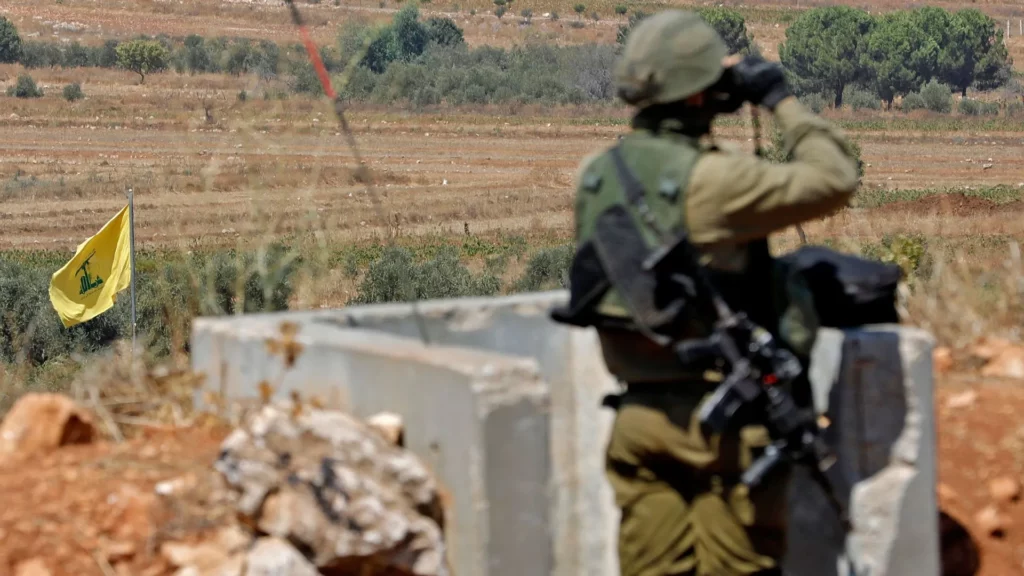On Tuesday, December 5, an Israeli tank targeted a Lebanese army site on Al-Awaidah Hill, killing the first Lebanese Army martyr since the two-month escalation and injuring three others.
As the number of casualties in Lebanon has reached 406 individuals, including 13 civilian deaths and 84 inpatients as of December 5, the number of groups that have lost members is steadily increasing.
The Lebanese Army’s First Martyr
On Wednesday morning, residents of the town of Shmestar and villages west of Baalbek celebrated the martyr Sergeant Abdel Karim al-Moukdad amidst scattered rice and roses on the martyr’s body, while military honors were paid by a group of military personnel and comrades.
The Israeli strike was widely condemned by national and international actors. France, represented by the Quai d’Orsay spokeswoman, called for all parties to exercise restraint and for the implementation of UN Security Council Resolution 1701 while reiterating verbally its support for the Lebanese Army.
Meanwhile, Caretaker Minister of Foreign Affairs Abdullah Bou Habib asked the Lebanese mission to the United Nations to submit a new complaint to the Security Council in response to the targeting of the Lebanese Army.
A Widening Array of Parties Involved
Hezbollah and the Lebanese Army have not been the only groups that lost members as part of the last two months’ escalations.
On Wednesday, the Baath Arab Socialist Party in Lebanon mourned member Khaled Abdul Rahman al-Ibrahim. The party’s statement asserts that Khaled el-Ibrahim joined the party in 2020 and that he’s the brother of fallen Syrian Arab Army member Ahmad Abdul Rahman al-Ibrahim.
In November, the Amal Movement also lost a member and had others injured as part of operations in the South.
More recently, Hamas in Lebanon released a recruitment statement to its Al-Aqsa Flood Vanguards.
The group followed up the statement, which caused widespread commotion in the country and sparked fears of bringing the country deeper into the conflict, with many other statements to clarify that the call for action was not dedicated for a military project, but for “a framework to assimilate the large number of Palestinian youths inside the camps in Lebanon who are drawn to Hamas” and “to groom them on the political, religious, ideological, and national principles of Hamas”, according to an interview which the group’s spokesperson in Lebanon, Walid Kilani, gave to This Is Beirut.
The Absence of Coordinated Efforts
The sporadic nature of the parties involved in the conflict points to the lack of a common national framework in Lebanon to adequately plan for warfare, and the absence of democratic bases for taking decisions.
From a strategic point of view, this has left the country’s southern populations in vulnerable positions given the absence of decent protection mechanisms, structures and material support.
As the conflict escalates in scope, the country stays leaderless and ill-equipped for warfare from a humanitarian, economic, infrastructural and strategic point of view, as exemplified by the absence of a president after more than one year since the end of ex-president General Michel Aoun’s tenure.
